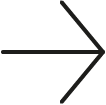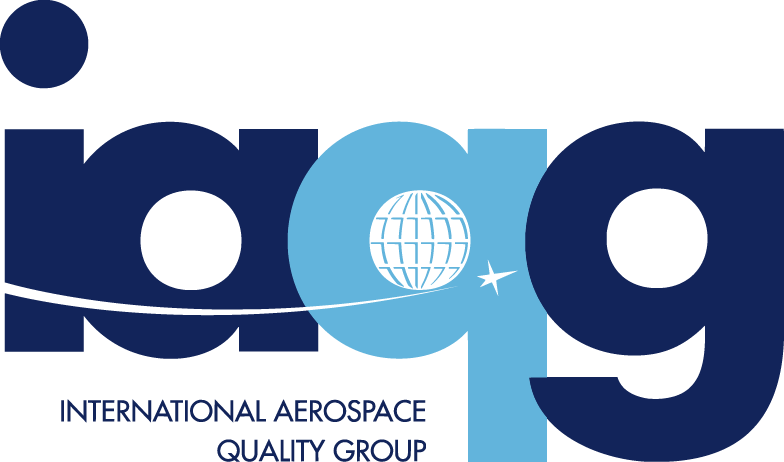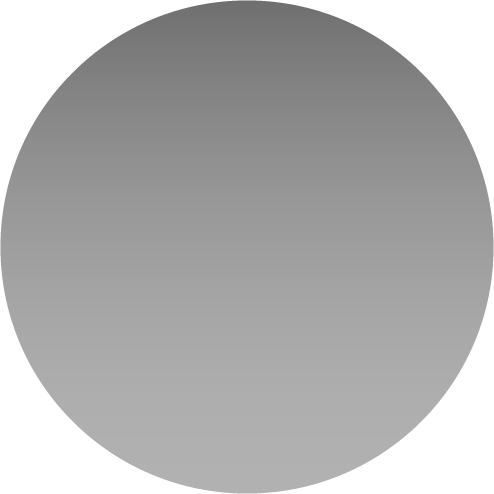Quality Management
As a supplier for the aerospace industry, we know what we are talking about. For us, quality is a lived experience, and this important aspect is a key part of meeting our high standards for customer satisfaction.
Certification
Products not manufactured for the aerospace industry are also subject to our strict internal quality guidelines. This ensures our customers receive the highest level of safety and reliability. Our quality management system has been certified according to DIN EN9100 since 2010.

Specific customer requests are also quickly and easily incorporated. At Forte+Wegmann, quality and innovation go hand in hand. For example, in dimensional inspection, we emphasize a combination of proven measurement methods such as tactile 3-D coordinate measuring machines and optical measurement techniques.
This approach ensures that Forte+Wegmann is well-prepared for the challenges of the future. Learn more in the OASIS database (Online Aerospace Supplier Information System) of the
International Aerospace Quality Group (IAQG) www.iaqg.org/oasis

DIN EN 9100
Production, Assembly, and Maintenance
The European Standard EN 9100 provides the framework for a quality management system for organizations in the aerospace, space, and defense industries, based on the general quality management standard DIN EN ISO 9001.

It is technically equivalent to the AS 9100 standards from the Society of Automotive Engineers (SAE) and the JISQ 9100 from the Japanese Aerospace Quality Group. As of 2018, there has been no standardization within the framework of the International Organization for Standardization (ISO). The standards series was written in 1999 by the SAE and the European Association of Aerospace Industries and was first published in German in 2003.

